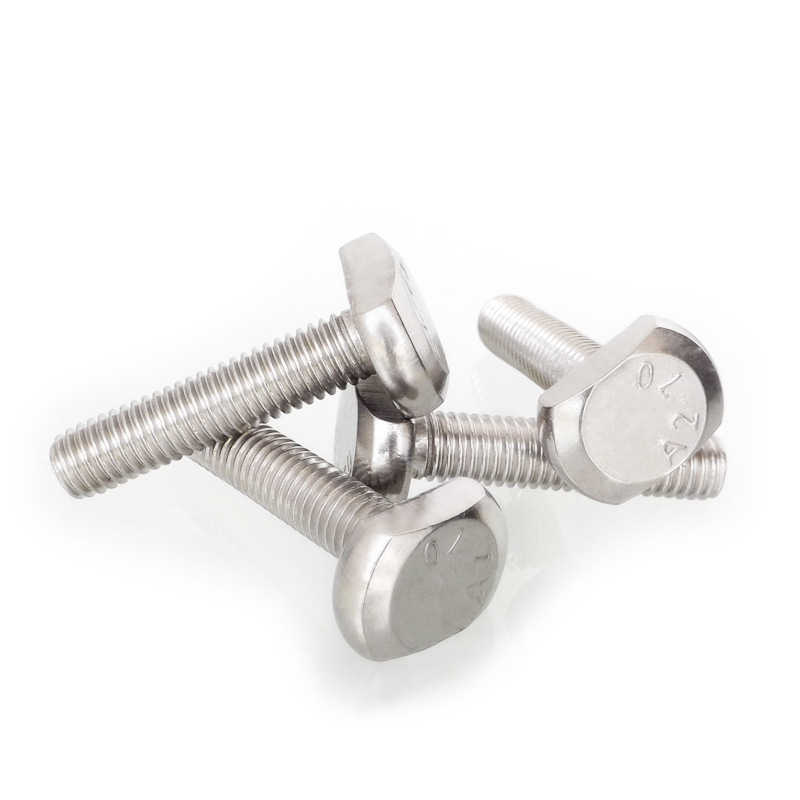

types of nuts and bolts
Des . 28, 2024 11:03 Back to list
types of nuts and bolts
Types of Nuts and Bolts An In-Depth Overview
Nuts and bolts are fundamental components in the field of mechanical and structural engineering, playing a crucial role in fastening and securing various materials. While they may seem simple at first glance, the diversity in types, sizes, and materials makes understanding nuts and bolts essential for anyone involved in construction, manufacturing, or DIY projects.
What Are Nuts and Bolts?
A bolt is a type of fastener that typically features a threaded shaft, which is used in conjunction with a nut. The bolt is inserted through the materials being fastened and is secured by screwing a nut onto its end. This combination creates a strong joint that can resist tensile loads. On the other hand, a nut is a hexagonal block with a hole in the center that possesses internal threads, allowing it to fit onto the threaded end of a bolt.
Types of Bolts
1. Hex Bolts This is the most common type of bolt, characterized by a hexagonal head, which can be easily gripped with a wrench. Hex bolts are often used in construction and machinery applications.
2. Carriage Bolts These bolts have a rounded head and a square neck that prevents them from turning once installed. They are commonly used in wood applications.
3. Lag Bolts Also known as lag screws, these heavy-duty bolts are used to secure heavy materials like wood and are pre-drilled to allow for easy insertion.
4. Shoulder Bolts These bolts have a wider shoulder beneath the head, making them ideal for applications requiring a pivot point.
5. Clevis Bolts Often used in connecting components of machinery, clevis bolts enable flexibility of movement, making them useful in various mechanical assemblies.
Types of Nuts
types of nuts and bolts

1. Hex Nuts Similar in shape to hex bolts, these are the most commonly used nuts and have six sides for gripping with wrenches.
2. Lock Nuts These nuts are designed to prevent loosening during vibrations. They can come in different types such as nylon insert lock nuts or serrated flange lock nuts.
3. Wing Nuts Featuring two wings for manual tightening, wing nuts allow for easy adjustment without the need for tools. They are often used in applications where frequent adjustments are needed.
4. Square Nuts These nuts are square in shape, providing a larger surface area for gripping. They are used in applications where a higher level of torque is required.
5. T-Nuts Typically used in woodworking, T-nuts consist of a round body with prongs that grip the wood, providing a strong fastening for furniture and other projects.
Materials Used
Nuts and bolts can be made from various materials, each providing different properties suited for specific applications. Common materials include
- Carbon Steel A popular choice for general applications due to its strength and durability. - Stainless Steel Known for its corrosion resistance, stainless steel nuts and bolts are ideal for marine and outdoor environments. - Brass Often used for its aesthetic appeal and corrosion resistance in non-structural applications.
- Plastic Lightweight and resistant to corrosion, plastic nuts and bolts are used in applications where weight reduction is crucial.
Conclusion
Understanding the various types of nuts and bolts is essential for effective fastening solutions in engineering and construction. By selecting the right bolt and nut combination for specific applications, professionals can ensure structural integrity and safety. Whether you are a seasoned engineer or a DIY enthusiast, familiarizing yourself with these components will significantly enhance your projects' quality and longevity.
Latest news
-
Hot Dip Galvanized Bolts-About LongZe|High Strength, Corrosion Resistance
NewsJul.30,2025
-
High-Strength Hot Dip Galvanized Bolts - Hebei Longze | Corrosion Resistance, Customization
NewsJul.30,2025
-
Hot Dip Galvanized Bolts-Hebei Longze|Corrosion Resistance&High Strength
NewsJul.30,2025
-
High-Strength Hot-Dip Galvanized Bolts-Hebei Longze|Corrosion Resistance&High Strength
NewsJul.30,2025
-
Hot Dip Galvanized Bolts-Hebei Longze|Corrosion Resistance&High Strength
NewsJul.30,2025
-
Hot Dip Galvanized Bolts - Hebei Longze | Corrosion Resistance, High Strength
NewsJul.30,2025

